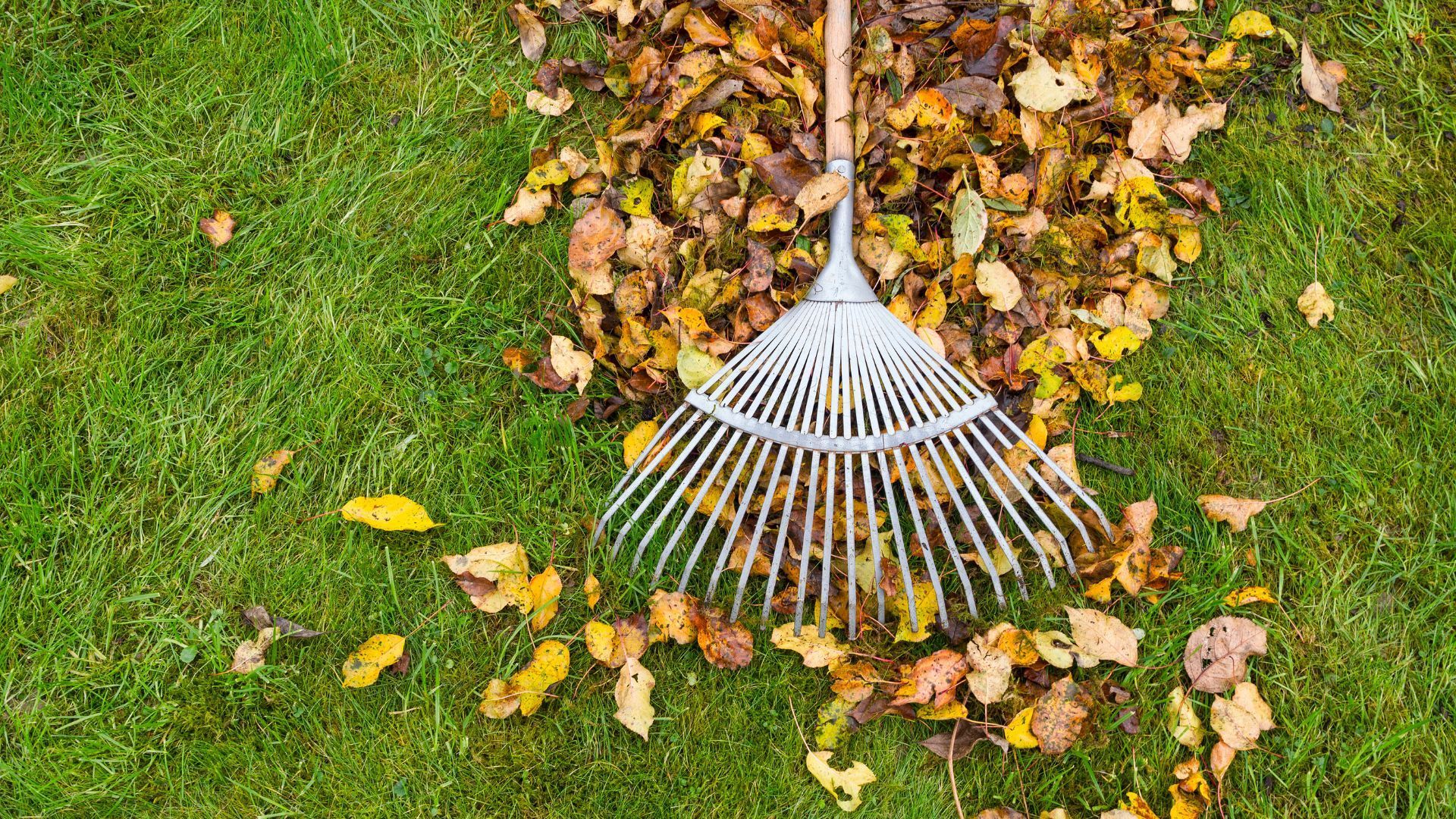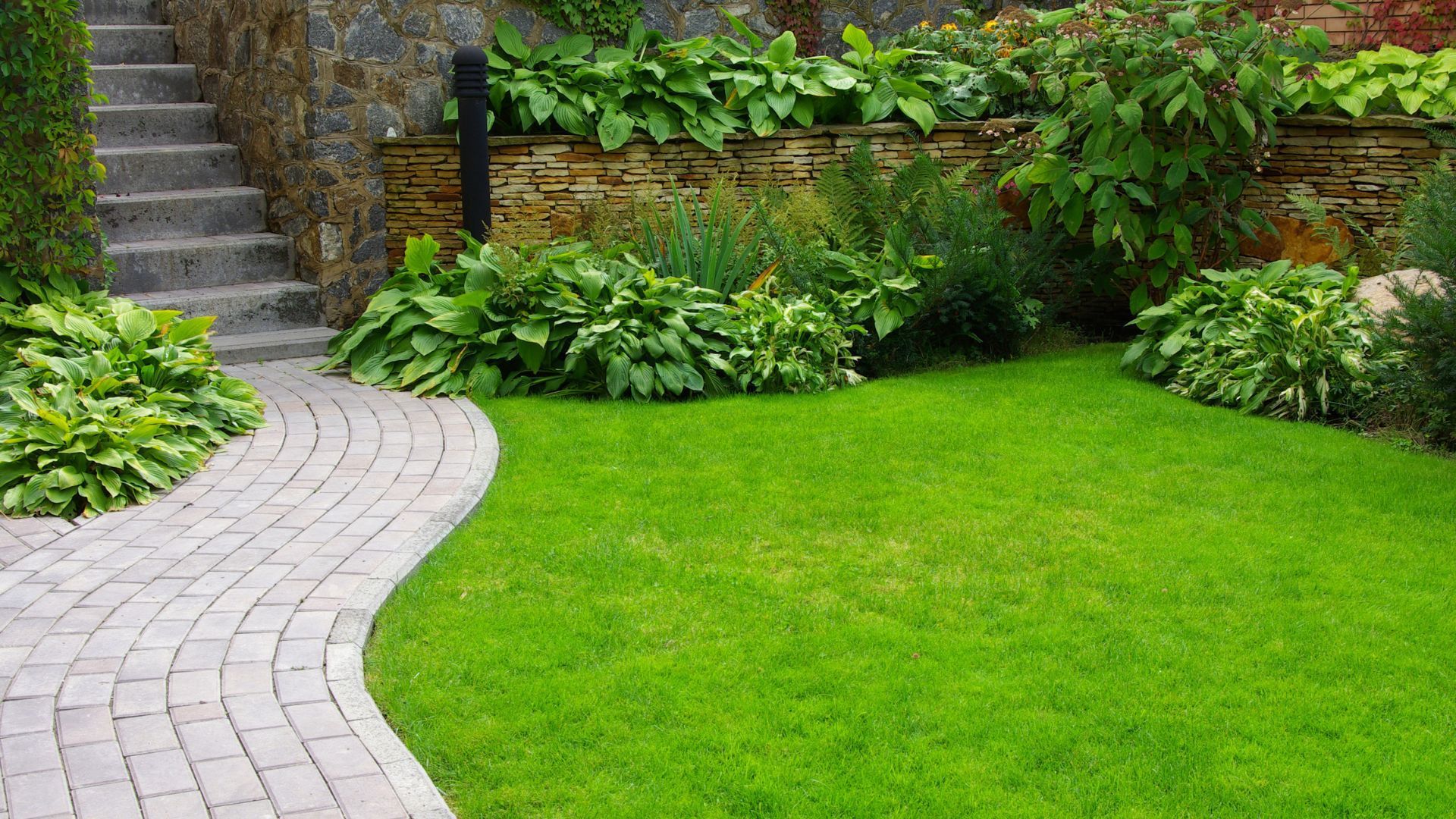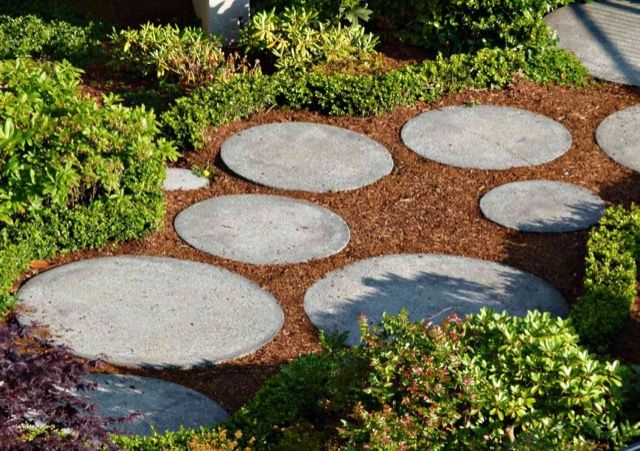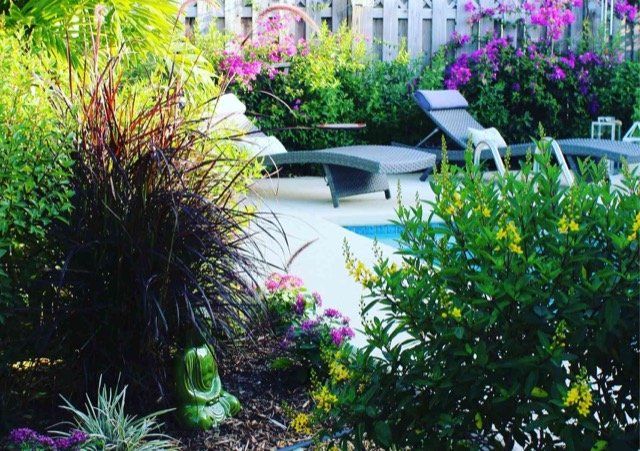What is Hardscaping?
What is Hardscaping?
Imagine this…
You find a homestead where you walk through a well laid out pavement to get to the front porch. Now picture every other outdoor space built without any paving or walls.
Just simple earthen paths etched on the grass from years of being trampled underfoot. What a grotesque sight it would be! The grass would appear miserably worn out, especially along the areas that connect the places of highest interest within a home. Now bring your mind back to that luscious breath-taking yard you saw recently. That particularly pleasing lawn comes to your mind first. Doesn’t it look perfect? Doesn’t it feel just right? With all the paving, edging, and walls? That's right, nothing puts a lawn together any better than hardscaping. That said, you may ask yourself…
What does hardscaping involve?
In simple terms, every lawn is divided into two. First, we have the softscape, which includes the living plants found outdoors.
On the other hand, there is the hardscape, which involves the non-living components. However, the term does not apply to dead plant matter. Rather, it only includes hard materials in the built landscape like the paved regions, driveways, retaining walls, walkways, stairs, and sleeper walls.
Hardscapes are generally made of concrete, bricks, stone, ceramics, and in rare instances, glass.
What are the benefits of hardscaping?
Generally, hardscaping has numerous benefits including:
- It can define and organize the natural areas and interactive landscape elements, along with areas like the driveway
- Hardscape elements like retaining walls can be used to create planting areas, whereas patios can be used to provide a more upscale appearance
- Gazebos add beauty to a landscape while also providing shade
Why hire us to do your hardscaping?
Let’s face it. Unlike all other aspects of landscape installation, hardscaping is not only far more time and labor-intensive, but also is the most technical part of landscaping. In other words, it only takes a few mistakes, and your lawn appears condemned long before it is even complete! That is why you require the know-how of well-trained and experienced personnel. Don’t fret just yet! Your yard can still look amazing. Here is how:
Landscaping Langley Ecoturf boasts a capable team of well-accomplished experts vastly experienced in their respective fields.
We make hardscape installation look easy by bringing in industrial-grade machinery for the tough job. Also, our skilled technicians handle the equipment under the direction of world-class designers, architects, and engineers to ensure that the final result turns out to be a good return on investment.
Therefore, you can rest assured that we will turn your outdoors from a simple shack to a pristine garden when you hire us.
Final Take
A lawn is never complete without proper hardscaping. Therefore, if you wish, you can easily hire us to give your lawn some hardscaping and watch as it transforms into a paradise beyond your wildest imagination. For this and more, make sure you visit our office or reach us through our communication channels today.
You might also like



Get A Free Quote!
Contact Us
We will get back to you as soon as possible.
Please try again later.
SERVICE AREA
Contact Us
- Mon - Fri
- -
- Sat - Sun
- -


